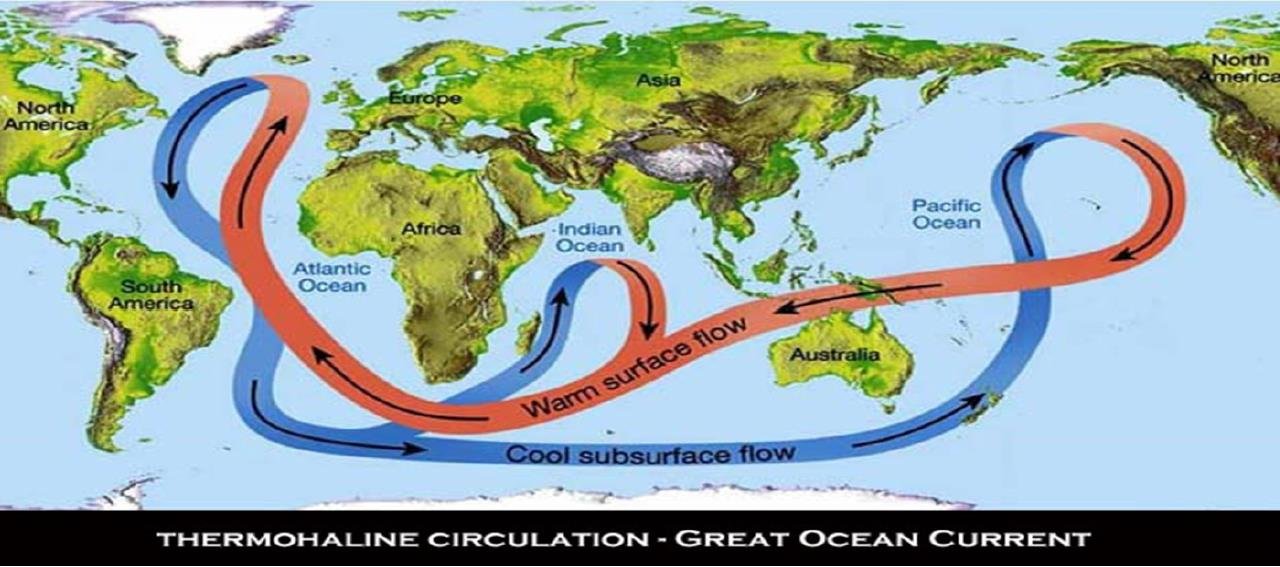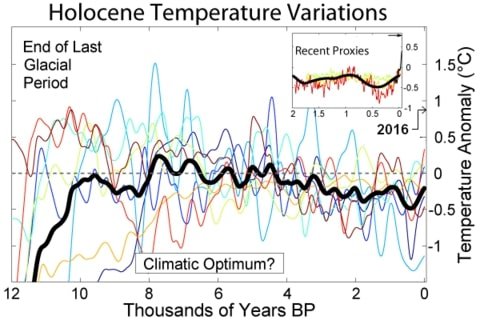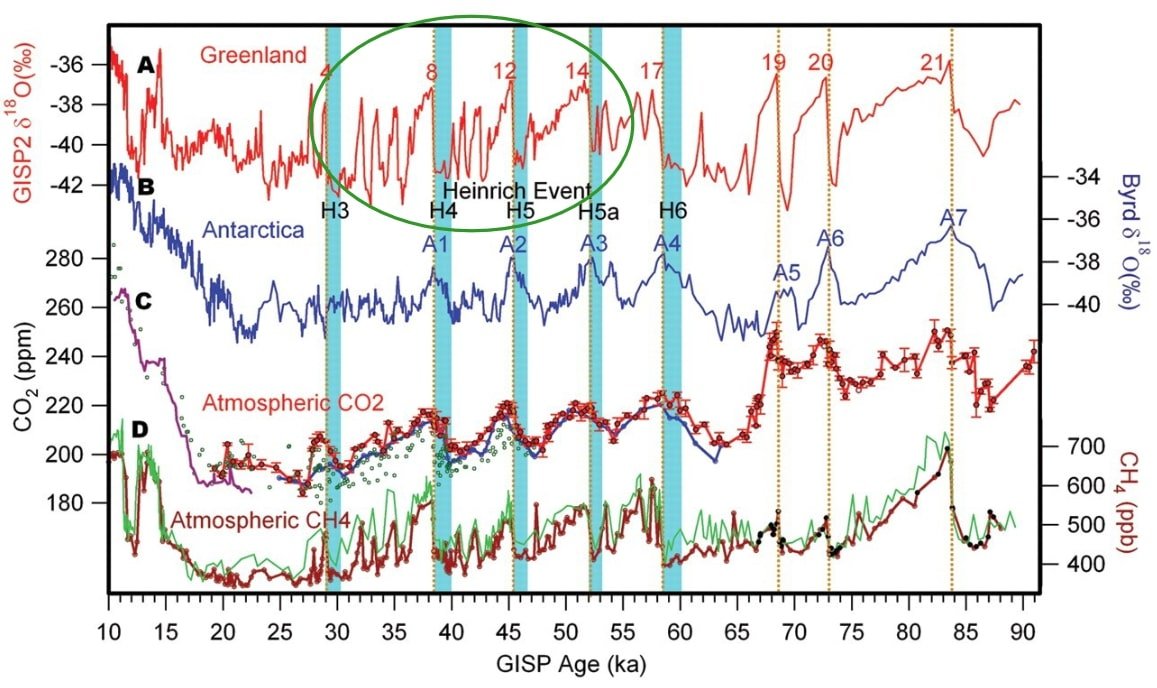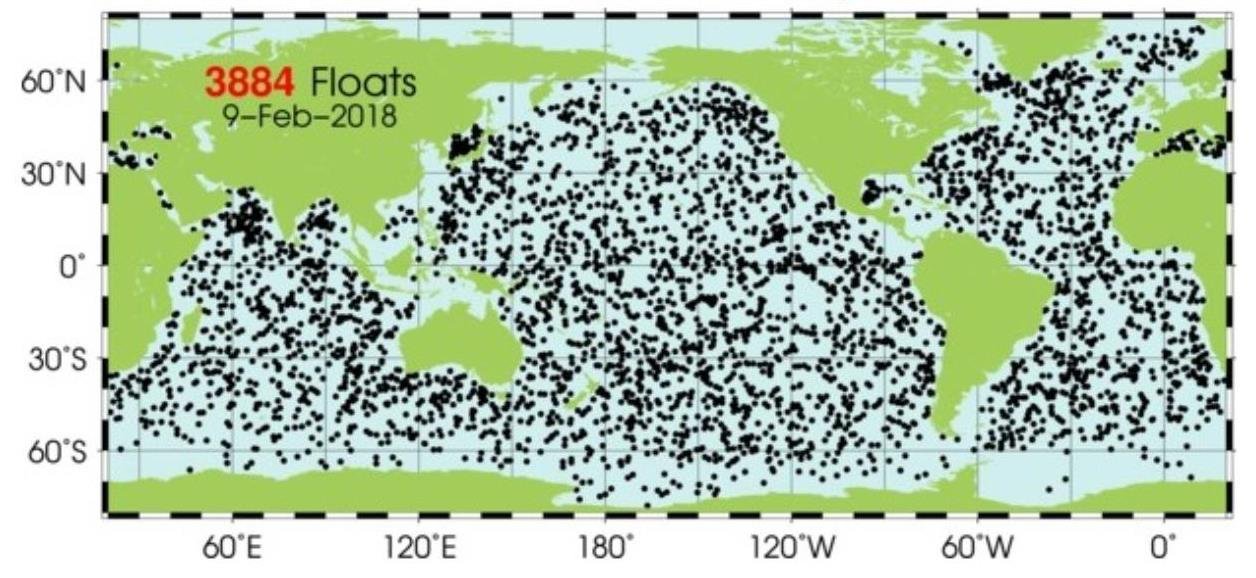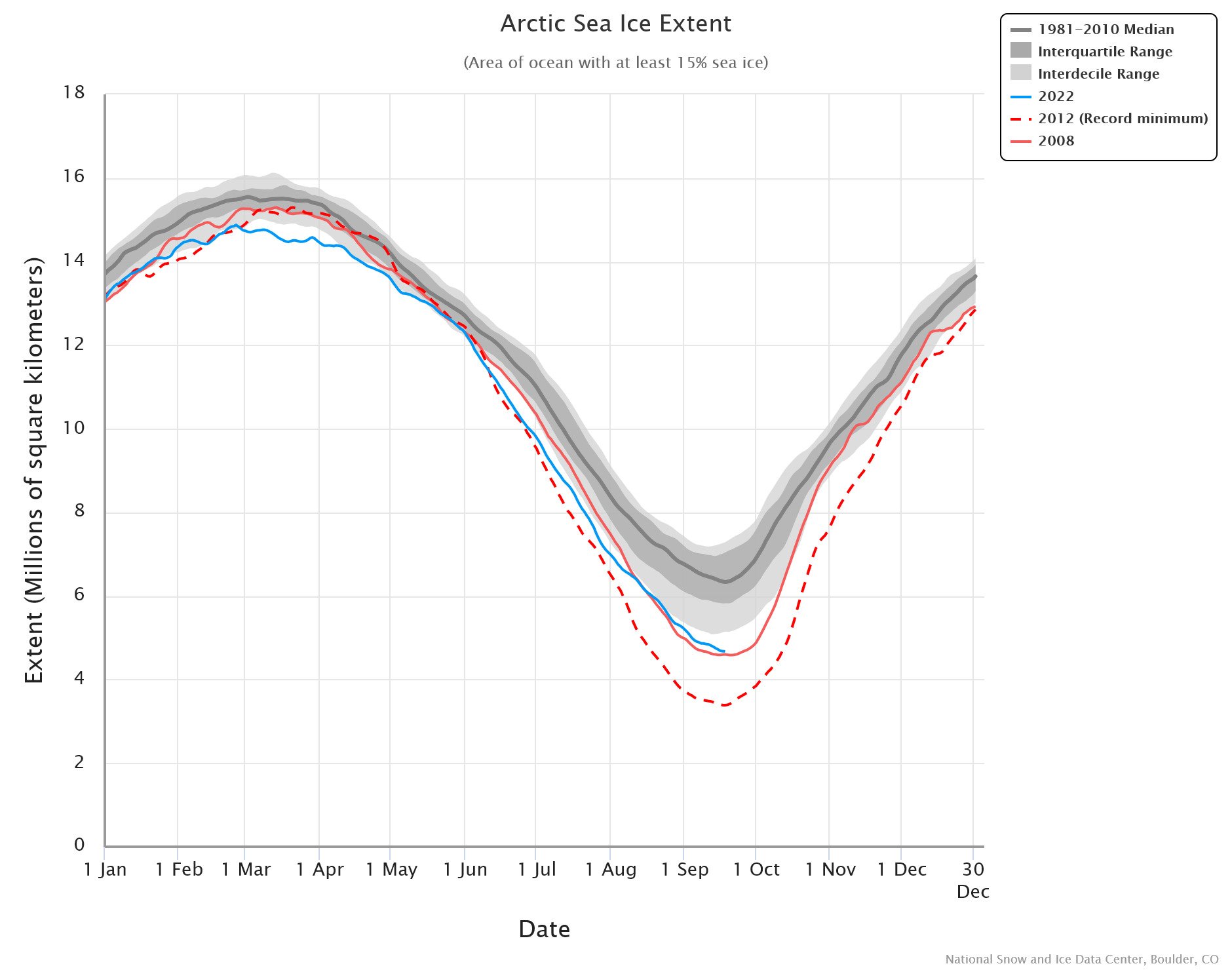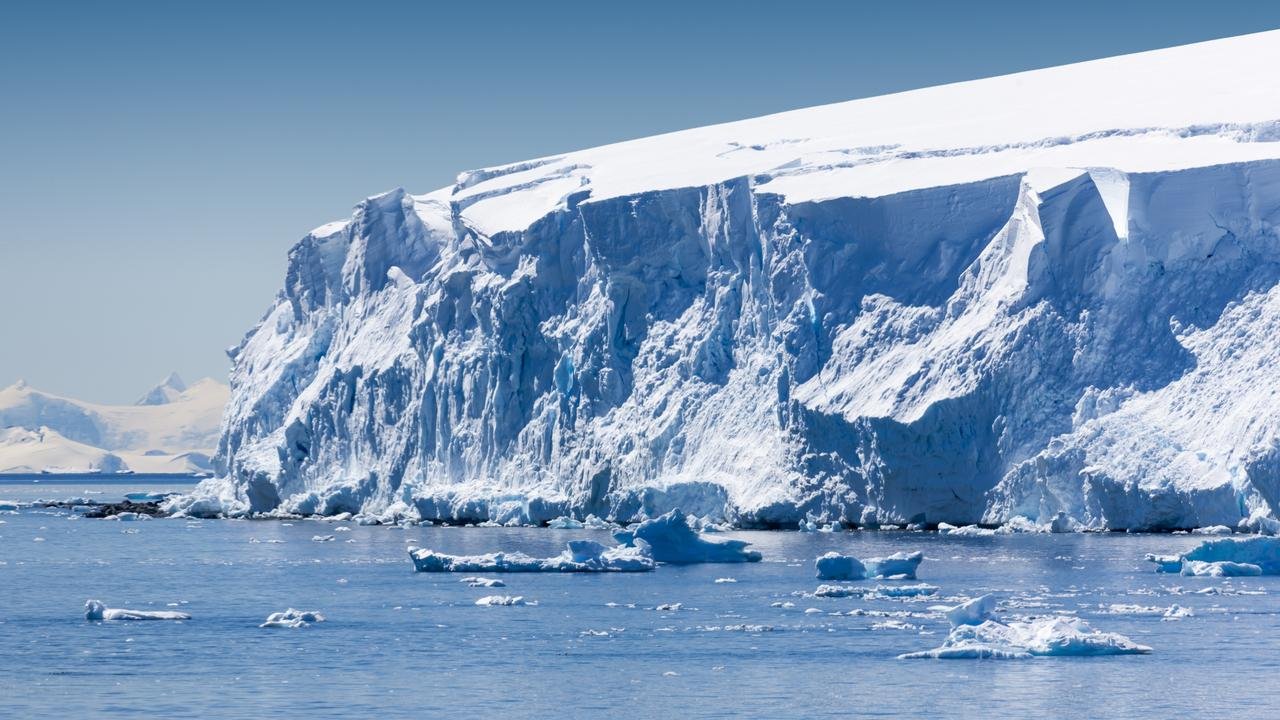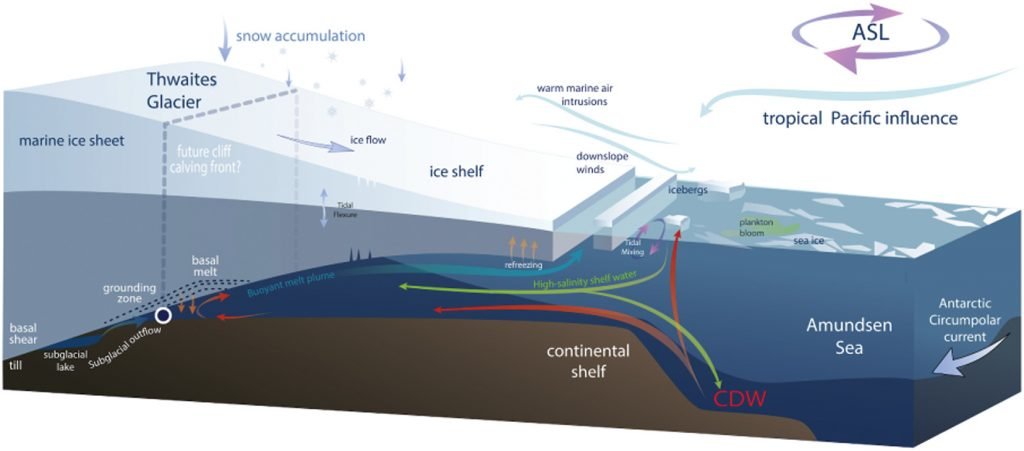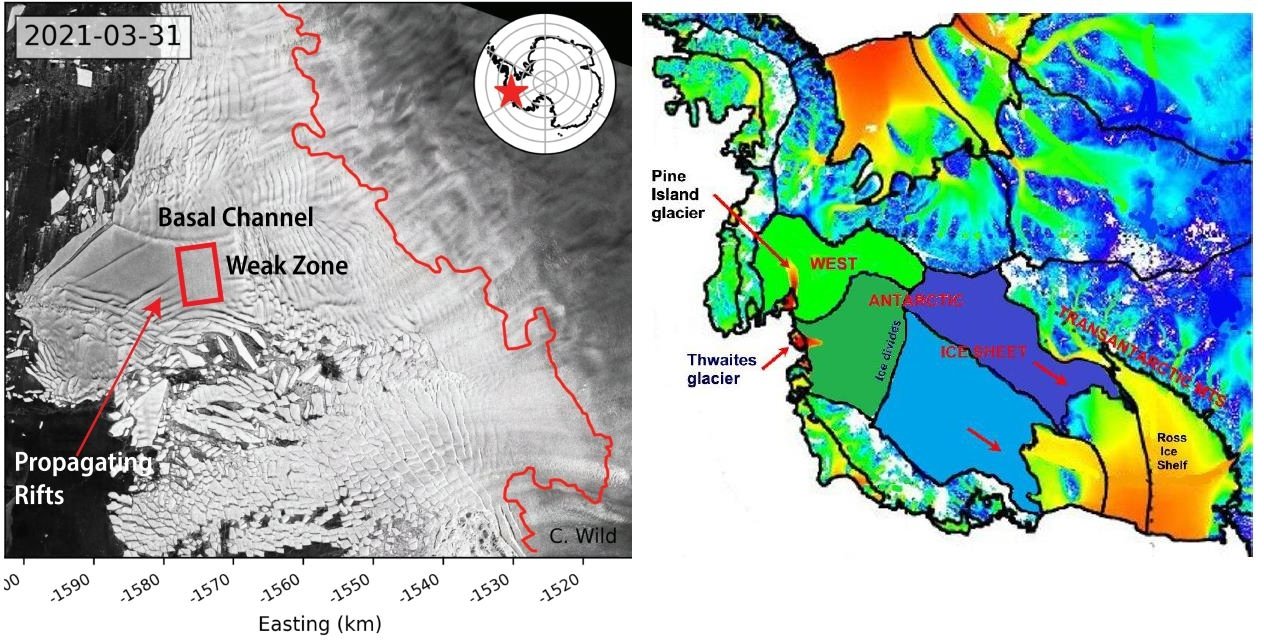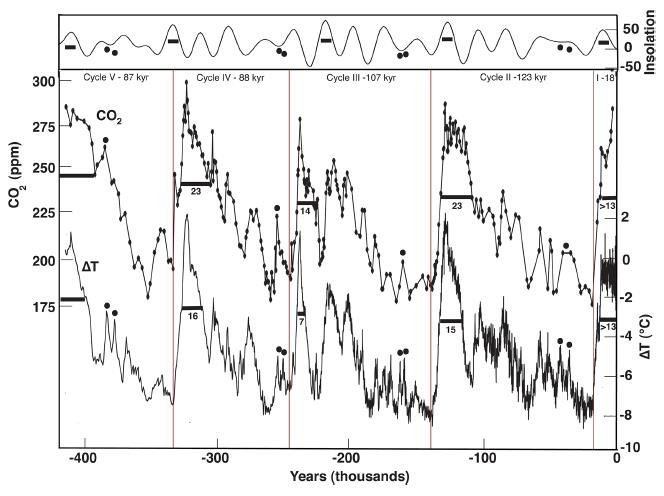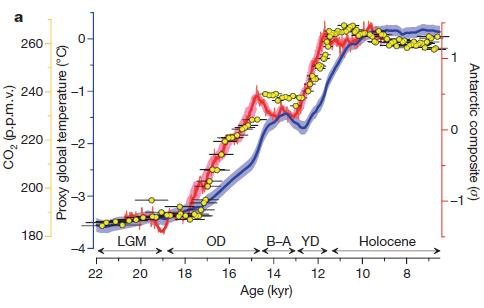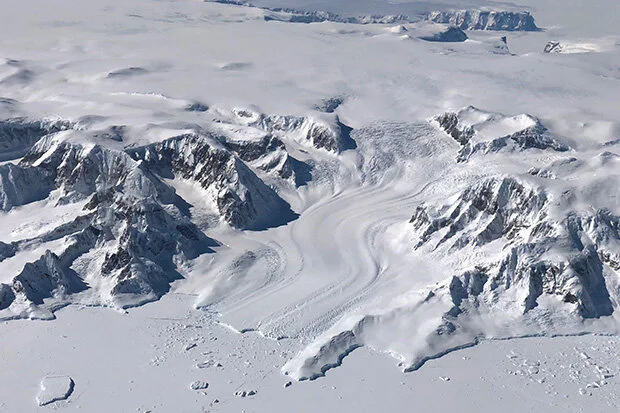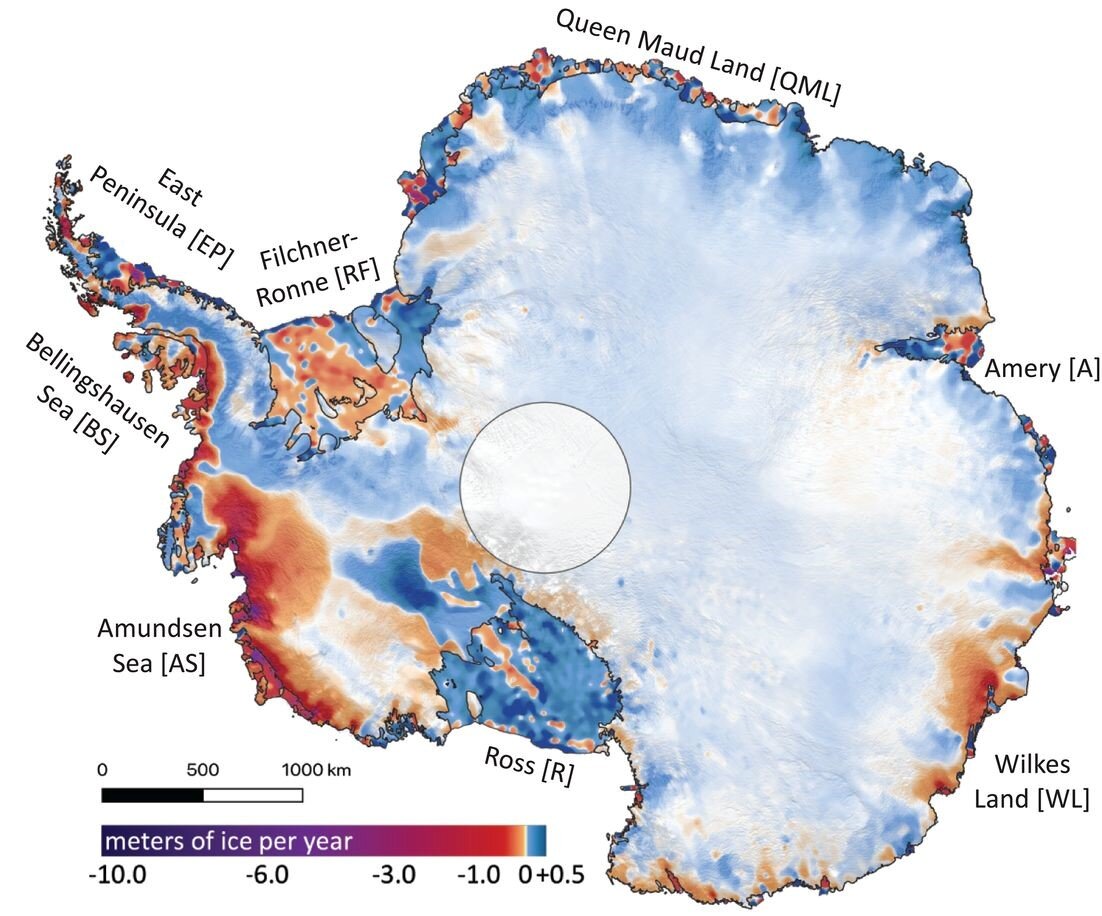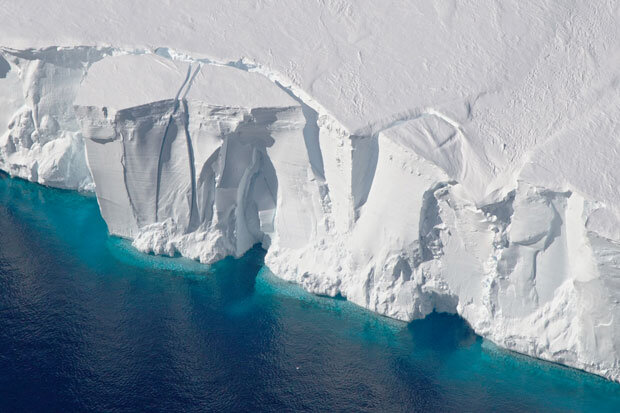Unexpected Sea Level Fluctuations Due to Gravity, New Evidence Shows
/Although the average global sea level is rising as the world warms, the rate of rise is far from uniform across the planet and, in some places, is negative – that is, the sea level is falling. Recent research has revealed the role that localized gravity plays in this surprising phenomenon.
The researchers used gravity-sensing satellites to track how changes in water retention on land can cause unexpected fluctuations in sea levels. While 75% of the extra water in the world’s oceans comes from melting ice sheets and mountain glaciers, they say, the other 25% is due to variations in water storage in ice-free land regions. These include changes in dam water levels, water used in agriculture, and extraction of groundwater which either evaporates or flows into the sea via rivers.
Water is heavy but, the researchers point out, moves easily. Thus local changes in sea level aren't just due to melting ice sheets or glaciers, but also reflect changes in the mass of water on nearby land. For example, the land gets heavier during large floods, which boosts its gravity and causes a temporary rise in local sea level. The opposite occurs during droughts or groundwater extraction, when the land becomes lighter, gravity falls and the local sea level drops.
A similar exchange of water explains why the sea level around Antarctica falls as the massive Antarctic ice sheet melts. The total mass of ice in the sheet is a whopping 24 million gigatonnes (26 million gigatons), enough to exert a significant gravitational pull on the surrounding ocean, making the sea level higher than it would be with no ice sheet. But as the ice sheet melts, this gravitational pull weakens and so the local sea level falls.
At the same time, however, distant sea levels rise in compensation. They also rise continuously over the long term because of the thermal expansion of seawater as it warms; added meltwater from both the Antarctic and Greenland ice sheets; and land subsidence caused by groundwater extraction, resulting from rapid urbanization and population growth. In an earlier post, I discussed how sea levels are affected by land subsidence.
The research also reveals how the pumping of groundwater in ice-free places, such as Mumbai in India and Taipei in Taiwan, can almost mask the sea level rise expected from distant ice sheet melting. Conversely, at Charleston on the U.S. Atlantic coast, where groundwater extraction is minimal, sea level rise appears to be accelerated.
All these and other factors contribute to substantial regional variation in sea levels across the globe. This is depicted in the following figure which shows the average rate of sea level rise, measured by satellite, between 1993 and 2014.
Clearly visible is the falling sea level in the Southern Ocean near Antarctica, as well as elevated rates of rise in the western Pacific and the east coast of North America. Note, however, that the figure is only for the period between 1993 and 2014. Over longer time scales, the global average rate of rise fluctuates considerably, most likely due to the gravitational effects of the giant planets Jupiter and Saturn.
Yet another gravitational influence on sea levels is La Niña, the cool phase of the ENSO (El Niño – Southern Oscillation) ocean cycle. The arrival of La Niña often brings torrential rain and catastrophic flooding to the Pacific northwest of the U.S., northern South America and eastern Australia. As mentioned before, the flooding temporarily enhances the gravitational pull of the land. This raises local sea levels, resulting in a lowering of more distant sea levels – the opposite of the effects from the melting Antarctic ice sheet or from groundwater extraction.
The influence of La Niña is illustrated in the figure below, showing the rate of sea level rise during the two most recent strong La Niñas, in 2010-12 and 2020-23. (Note that the colors in the sea level trend are reversed compared to the previous figure.) A significant local increase in sea level can be seen around both northern South America and eastern Australia, while the global level fell, especially in the 2010-12 La Niña event. Consecutive La Niñas in those years dumped so much rain on land that the average sea level worldwide fell about 5 mm (0.2 inches).
The current rate of sea level rise is estimated at 3.4 mm per year. Of this, the researchers calculate that over-extraction of groundwater alone contributes approximately 1 mm per year – meaning that the true rate of rise, predominantly from ice sheet melting and thermal expansion, is about 2.4 mm per year. Strong La Niñas lower this rate even more temporarily.
But paradoxically, as discussed above, groundwater extraction is causing local sea levels to fall. It’s local sea levels that matter to coastal communities and their engineers and planners.
Next: No Convincing Evidence That Extreme Wildfires Are Increasing












